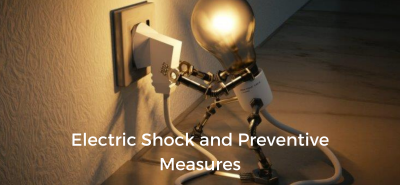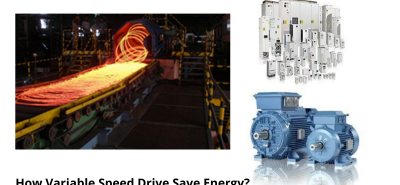Different types of Circuit Breakers and what they do?
Circuit Breaker
The Electrical Circuit breaker is an essential device to protect the electrical system from danger and ensure safety. These devices are designed in a way to interrupt the flow of electricity during overload or short. The breakers have automatic as well as manual controls to utilize at times of abnormal operating conditions.
Introduction to Circuit Breaker
The modern electrical system comprises of a wide power network and a numerous number of electrical equipment connected to it. When there is a disturbance with the electrical flow, such as a short circuit, the equipment along with the power faces high current causing harm to both equipment and network.
In order to protect the parts of equipment and power networks, fault current within the system has to be cleared at the earliest. Soon after the fault is eliminated, the system must function well in its normal working condition to supply power to the receiving ends. Not just proper controlling of the power system, various switching operations are necessary to control the power system.
To ensure protection and control, the timely disconnection and reconnection should take place between the power system. In addition, there must be switching devices installed to protect equipment during huge current supply.
When the large current is being interrupted, it can result in a large arcing between switching contacts, utmost care should be taken to quench these arcs within the breaker in a safe way.
In simple terms, a circuit breaker is an electrical device specialized in performing the switching function to protect electrical equipment and power supply from potential damage.
Let’s understand the electrical principle of the circuit breaker
The circuit breaker has to carry large-rated or fault power. Due to this large power, there is always dangerously high arcing between moving contacts and fixed contact during the operation of the circuit breaker. Again as we discussed earlier the arc in circuit breaker can be quenching safely if the dielectric strength between the current-carrying contacts of circuit breaker increases rapidly during every current zero crossings of the alternating current.
The dielectric strength of the media in between contacts can be increased in numbers of ways, like by compressing the ionized arcing media since compressing accelerates the deionization process of the media, by cooling the arcing media since cooling increase the resistance of arcing path or by replacing the ionized arcing media with fresh gasses. Hence some arc quenching processes should be involved in the operation of the circuit breaker.
Although circuit breakers perform their function independently and without supervision, there are also remote control circuit breakers that can be operated on-demand at a distance.
Types of Circuit Breaker
According to different criteria, there are different types of circuit breakers. According to their arc quenching media, the circuit breaker can be categorized as:
- Oil circuit breaker.
- Air circuit breaker.
- SF6 circuit breaker.
- Vacuum circuit breaker.
According to their services the circuit breaker can be categorized as:
- Outdoor circuit breaker.
- Indoor breaker.
According to the operating mechanism of a circuit breaker they can be categorized as:
- Spring operated circuit breaker.
- Pneumatic circuit breaker.
- Hydraulic circuit breaker.
According to the voltage level of installation types of the circuit breaker are referred to as-
- High voltage circuit breaker.
- Medium voltage circuit breaker.
- Low voltage circuit breaker.






LEAVE A COMMENT